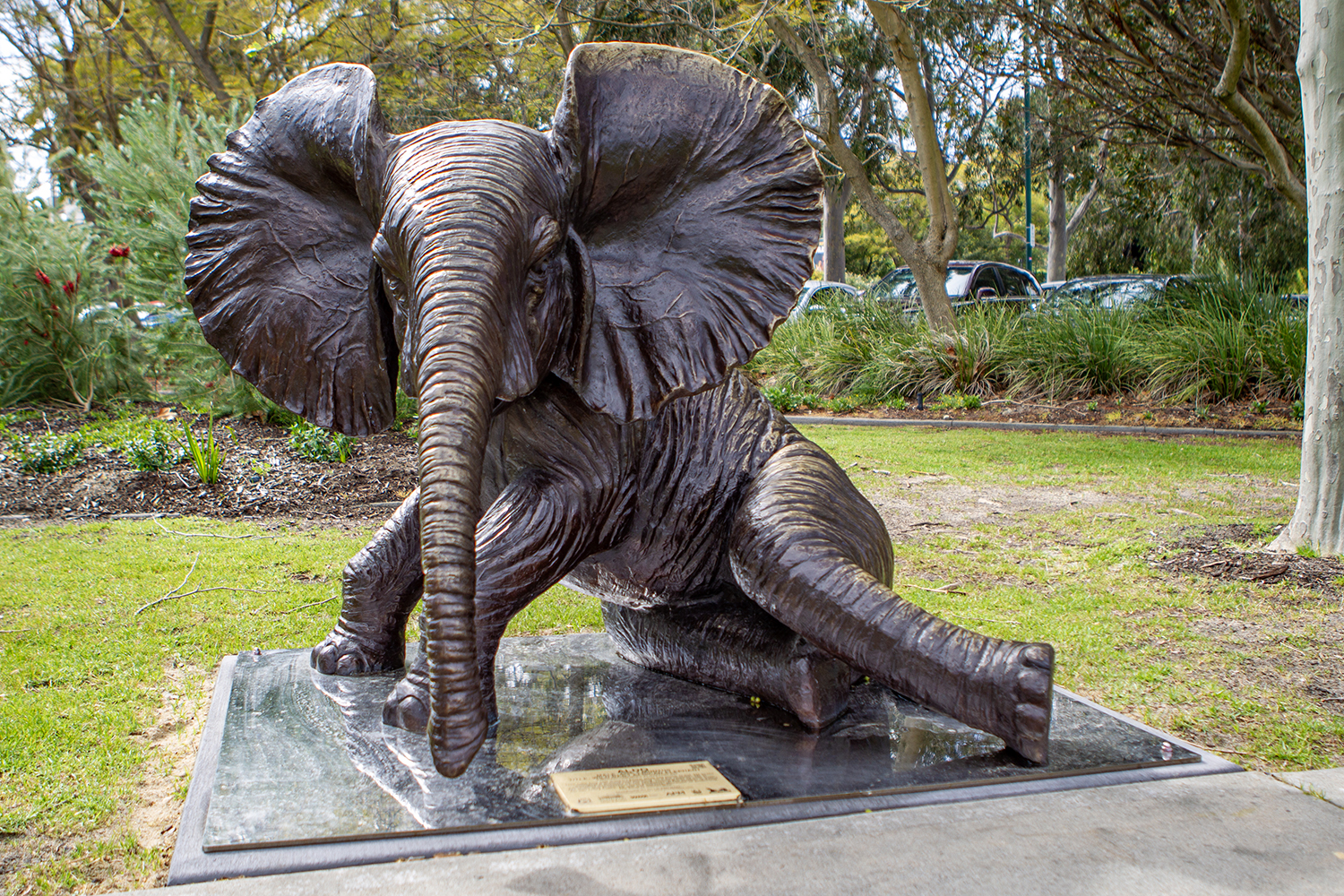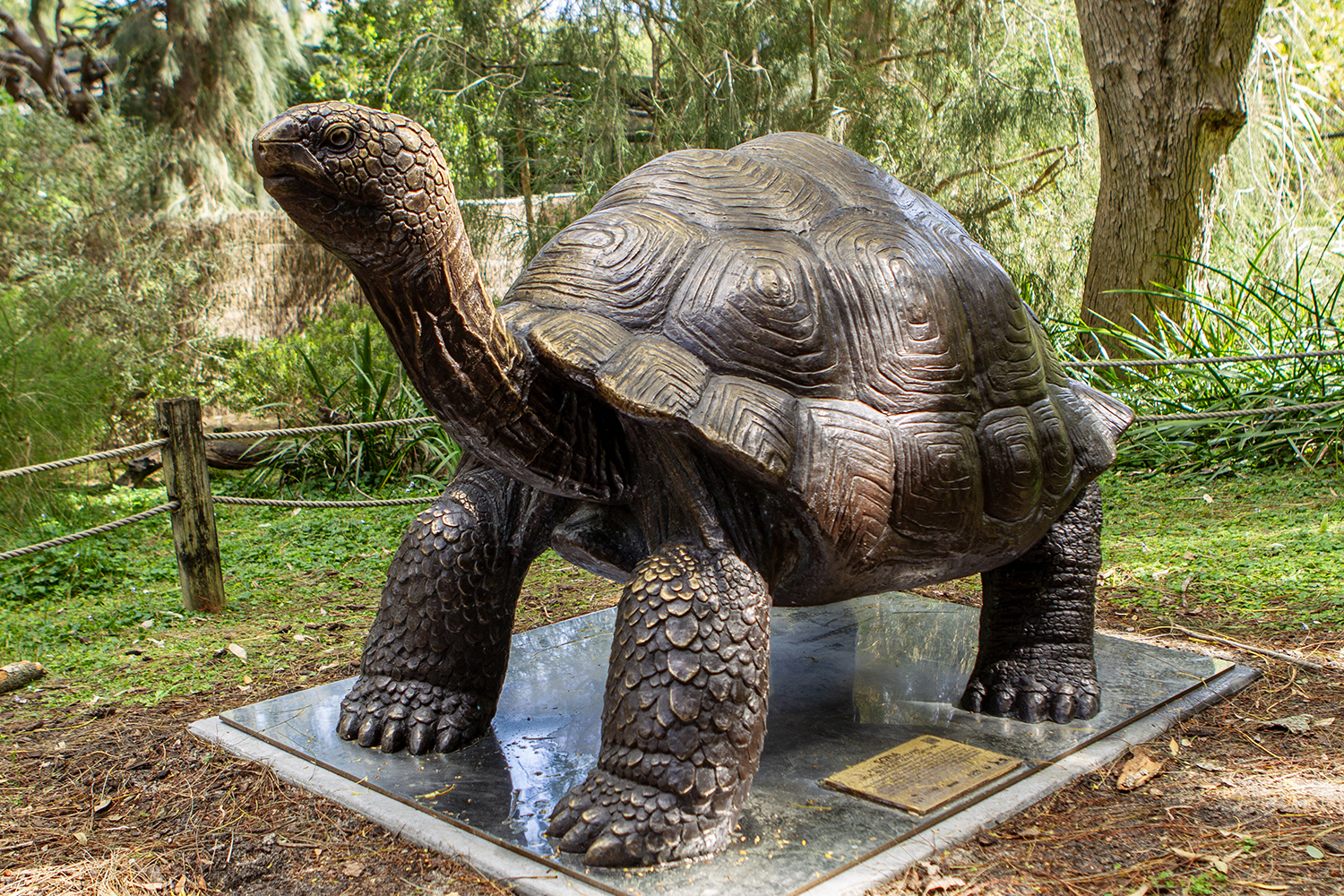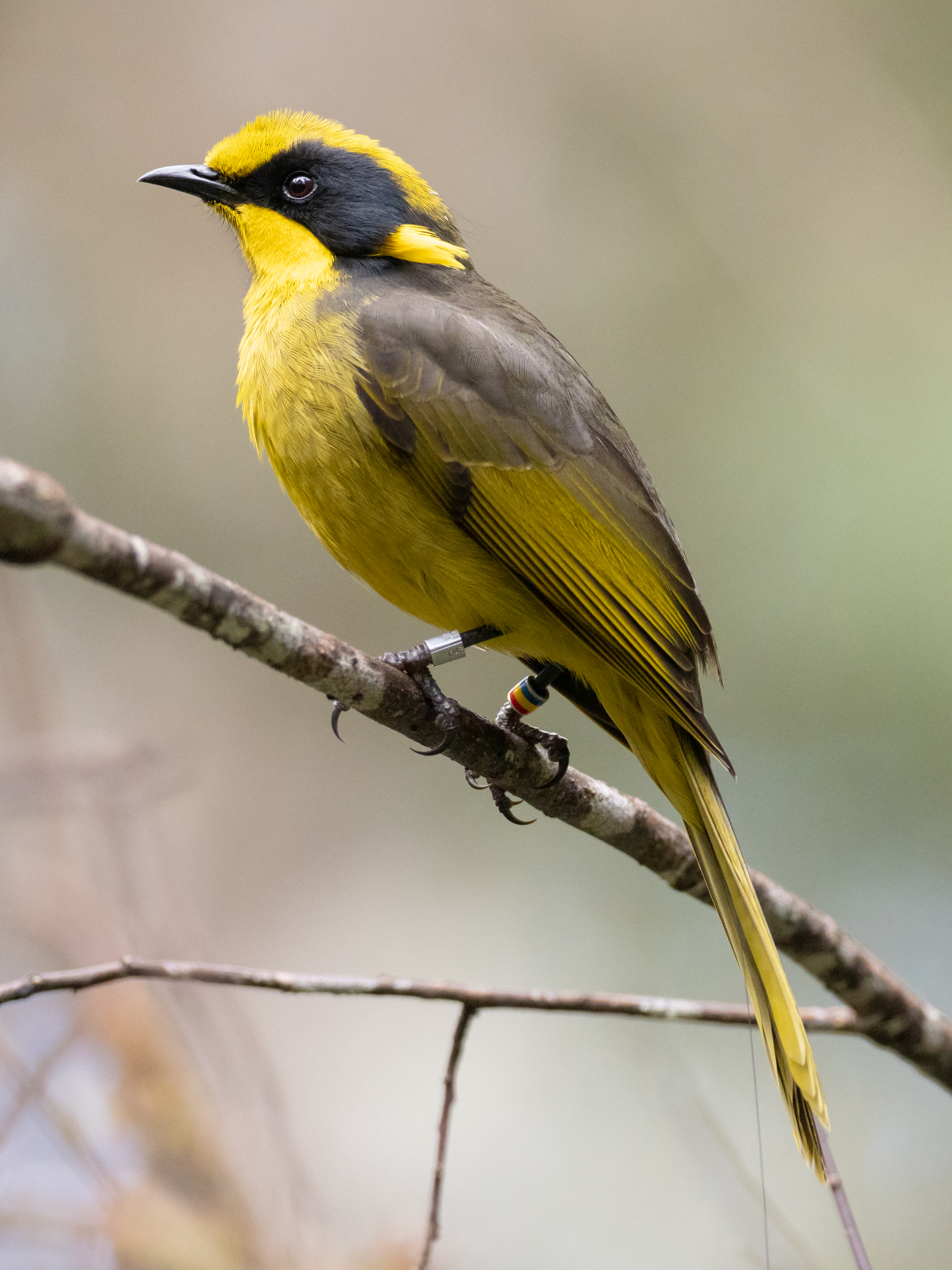ZAA Members protecting Threatened Species and Reversing the Red
As our world grapples with the consequences of climate change and habitat destruction, the need to address biodiversity loss has never been greater. One global initiative at the forefront of these efforts is “Reverse the Red.” This initiative aims to coordinate efforts to safeguard the survival of wildlife and ecosystems by uniting scientists, supporters, and partners, including governments, local communities, specialist groups, and the public. At the heart of this movement are zoos and aquariums; who play a vital role as conservationists.
WAZA just released released a short guide on 'How your Zoo or Aquarium Can Join Reverse the Red and Halt Biodiversity Decline'. Read it here.
In September, Australia's National Biodiversity Month and Threatened Species Day acted as powerful reminders of our collective dedication to preserving the country's natural wealth. Annually, National Biodiversity Month celebrates the extraordinary diversity of Australia’s ecosystems. At the same time, Threatened Species Day compels us to reflect on the urgent need to protect wildlife at the brink of extinction. New Zealand’s Conservation Week, typically celebrated in September, aligns perfectly with Australia's Biodiversity Month and Threatened Species Day. During this week, New Zealanders come together to revel in their breath-taking natural landscapes and unique biodiversity. Many ZAA members were actively involved in activities to increase the awareness of these critical events, with a few members sharing their activity below.
This Threatened Species Day, Perth Zoo's Science staff have closely monitored the birth of 13 endangered Numbat joeys as part of a collaborative breeding program with the Department of Biodiversity, Conservation and Attractions. Estimates suggest less than 2,000 of these iconic marsupials remain in the wild, which makes each birth significant to the species' survival. The team's dedication ensures that these Numbat babies will be released into the wild at the end of the year.
Additionally, Perth Zoo has added 21 animal babies to the institution. The ‘Wild About Babies’ exhibition, designed by internationally acclaimed artists Gillie and Marc Schattner, was previously showcased at the WA Museum Boola Bardip and Perth Cultural Centre. These baby animals are made of bronze and represent threatened species worldwide, such as giraffes, orangutans, gorillas, white rhinos, etc.
These sculptures were generously donated to Perth Zoo, where you can find 14 of them, and the others in the City of South Perth's Windsor Park, Elizabeth Quay, and Yagan Square. ‘Wild About Babies’ encourages people to ponder the importance of conservation, research, and support required to safeguard endangered species worldwide.



Wild About Babies [Left to Right]- African Elephant, Mother Gorilla, Tortoise
The White Throated Snapping Turtle (Elseya albagula) is a critically endangered freshwater turtle found in only three river catchments in Australia. The turtles have found refuge at Bundaberg Regional Council's Alexandra Park Zoo, situated along the banks of the Burnett River.
The zoo creates a relationship between the local community and nature, collaborating with the Department of Environment and Science (DES) and WYLD Projects Indigenous Corporation, and Turtles of Central Queensland. The zoo team received initial training from DES in turtle identification, nesting behaviours, and nest monitoring. Zoo staff then assisted WYLD Projects to clear riverbanks, ensuring safe access for the turtles. Monitoring a designated section of the river, the group waited for environmental signs including cold weather and rain to check for tracks, nesting attempts, and predators.
Recognising that the eggs were in diapause made it safe to relocate them to a protective cage that allowed the hatchlings to leave but did not let predators in, significantly increasing hatchling recruitment. This conservation project enhances the zoo's educational talks and highlights the vital role that zoos can play in species recovery in the wild. With one season completed, the zoo team looks forward to an ongoing effort in 2024 to protect these endangered turtles.
.png)
.png)
[Left]- White Throated Snapping Turtle nest attempt with visible hind leg sand deposit swirls, [Right]- Burnett River showing overgrown bank to the left
Zoos Victoria's "Reverse the Red" movement includes efforts to conserve the critically endangered Helmeted Honeyeaters and Victorian Grassland Earless Dragon.
The Helmeted Honeyeaters are found in the riparian zones near creeks and floodplains. The species is primarily threatened by habitat loss. After decades of work by recovery team partners, the species' wild population is increasing at Yellingbo Nature Conservation Area and two further areas in Yarra Ranges National Park, thanks to translocations and breeding by the team at Healesville Sanctuary, including 20 birds released in April.
Field Officer Nick and a team of field ornithologists provide supplementary food to ensure a stable food source throughout the year. They also monitor the birds and their nests with cameras installed to record the number of eggs laid versus hatched. The program provides hope for this species.
Another success story is the Victorian grassland earless dragon, which was believed to be extinct in the wild for half a century until its recent rediscovery. Collaborating with governments and partners, Zoos Victoria has established a conservation breeding program at Melbourne Zoo and government is funding Zoos Victoria’s Detection Dog Squad training to locate additional populations of the dragon.


[Left]- Helmeted Honeyeater, [Right]- Grassland Earless Dragon